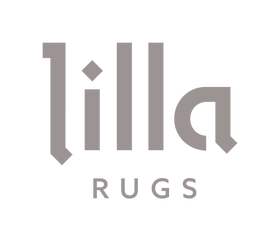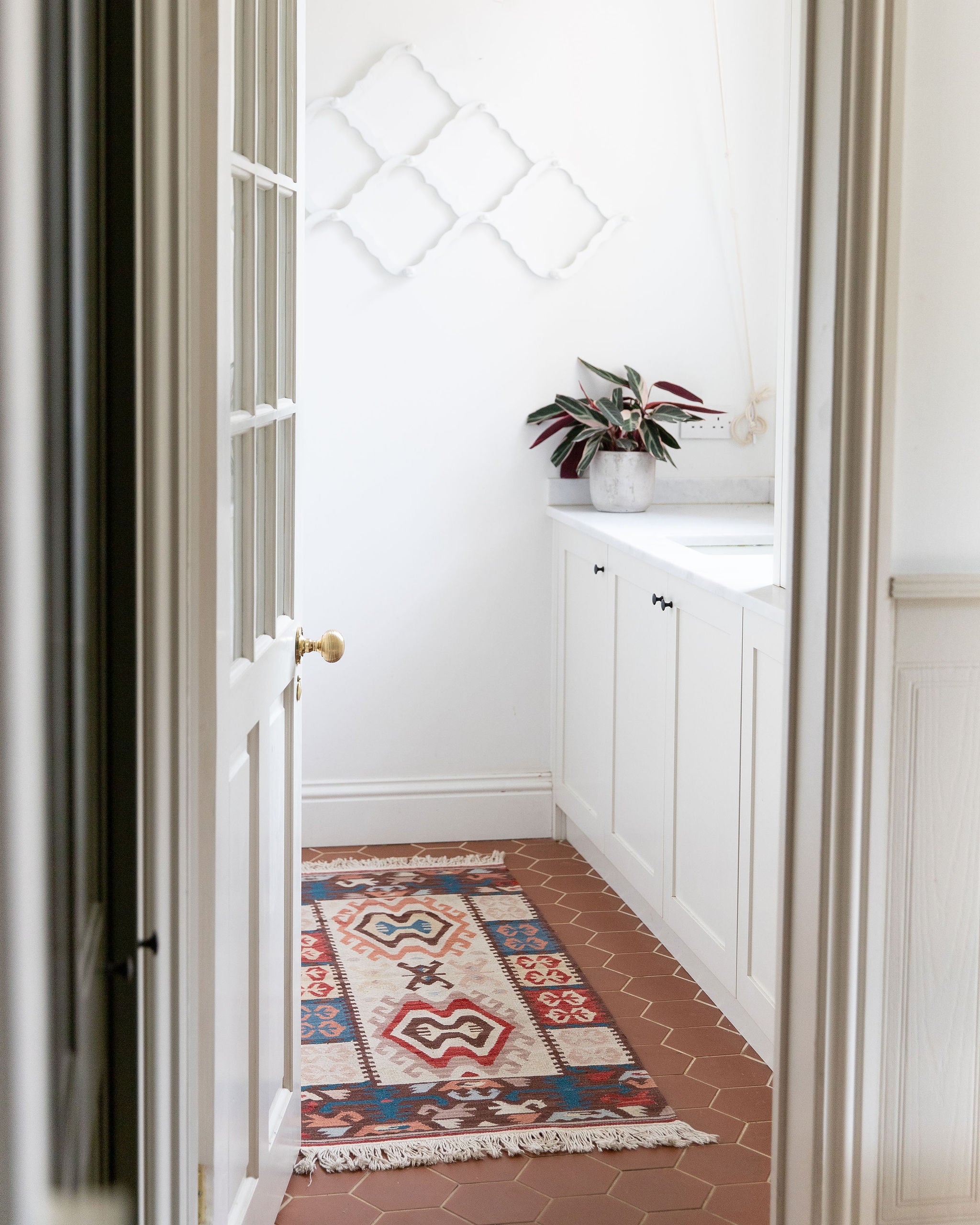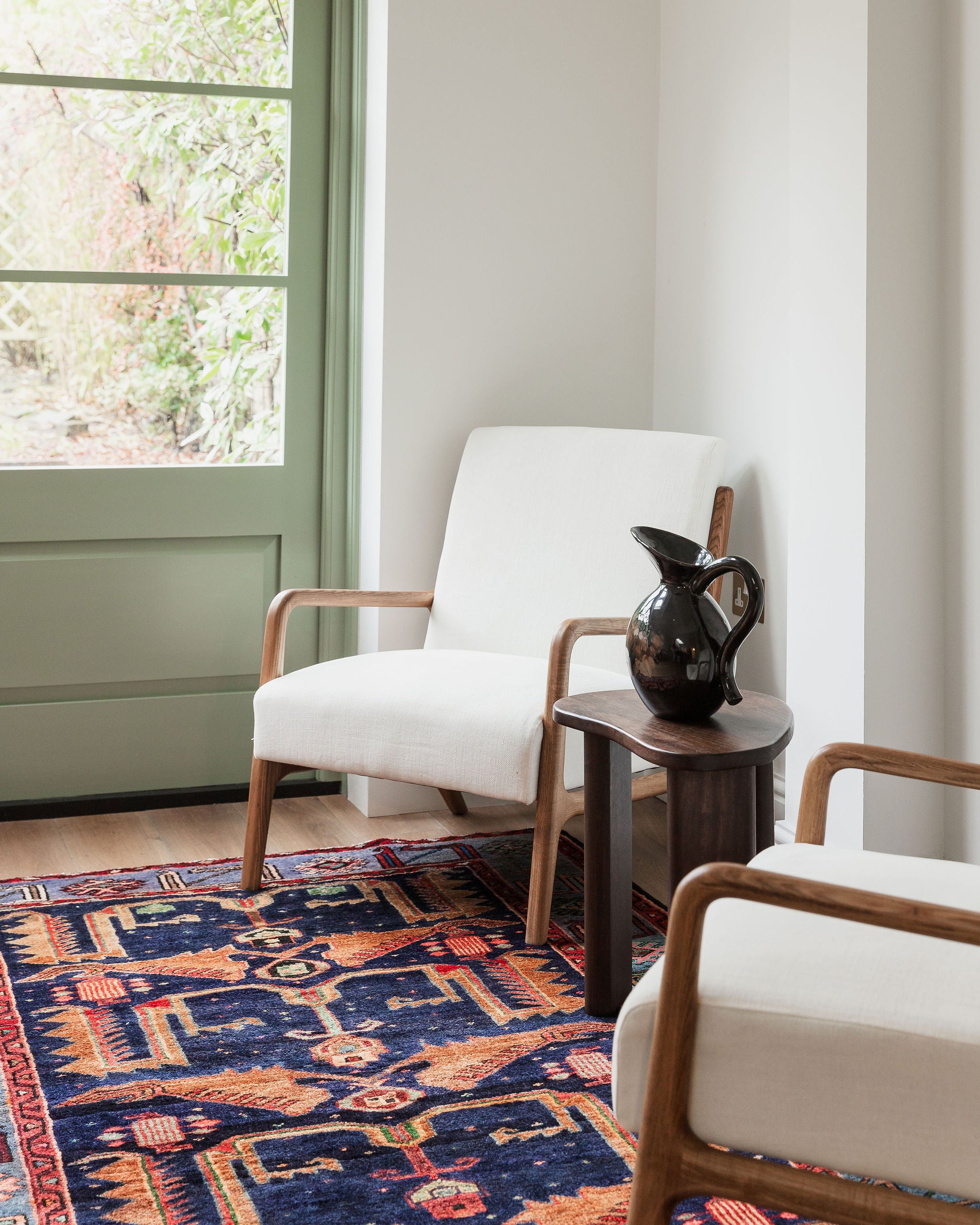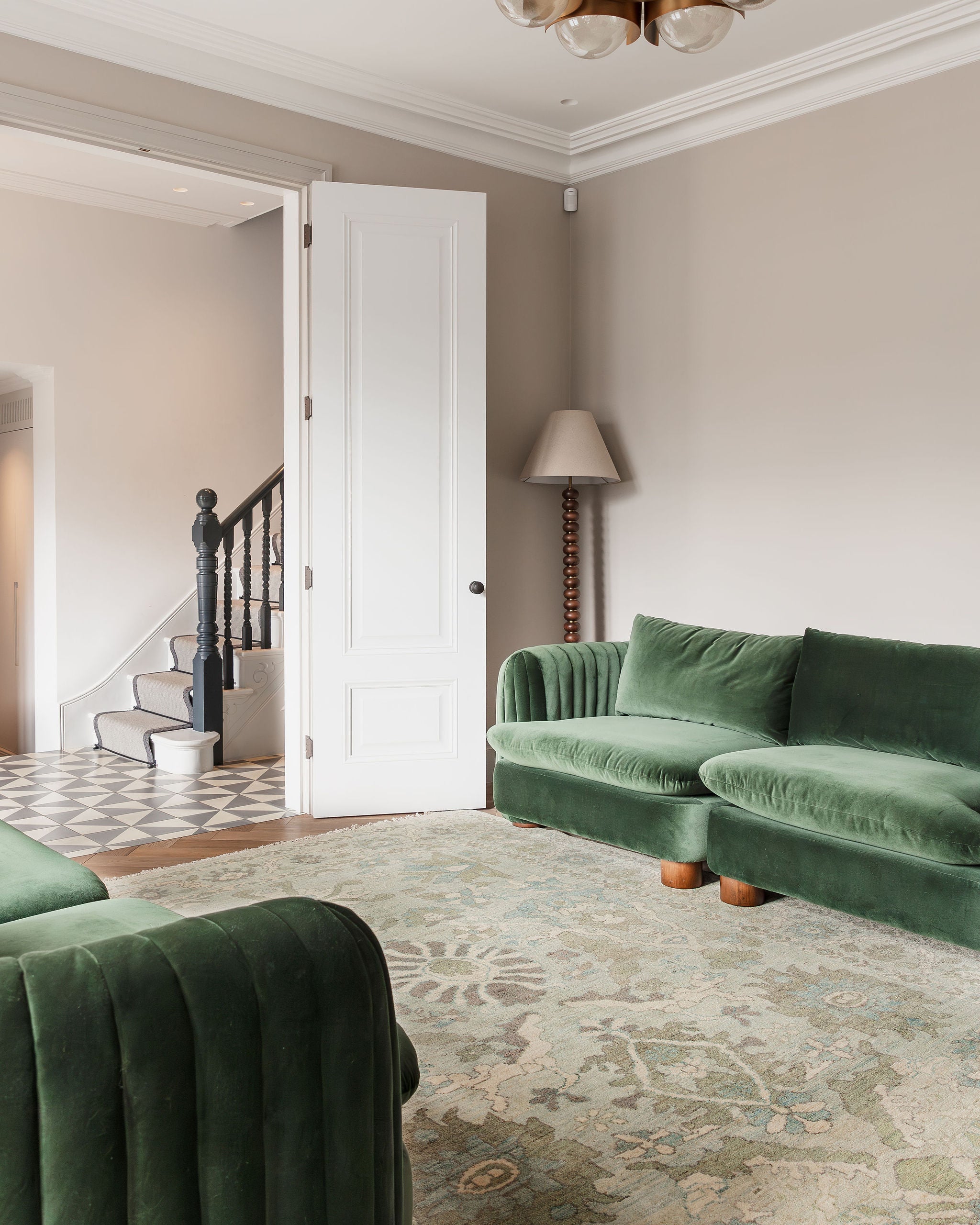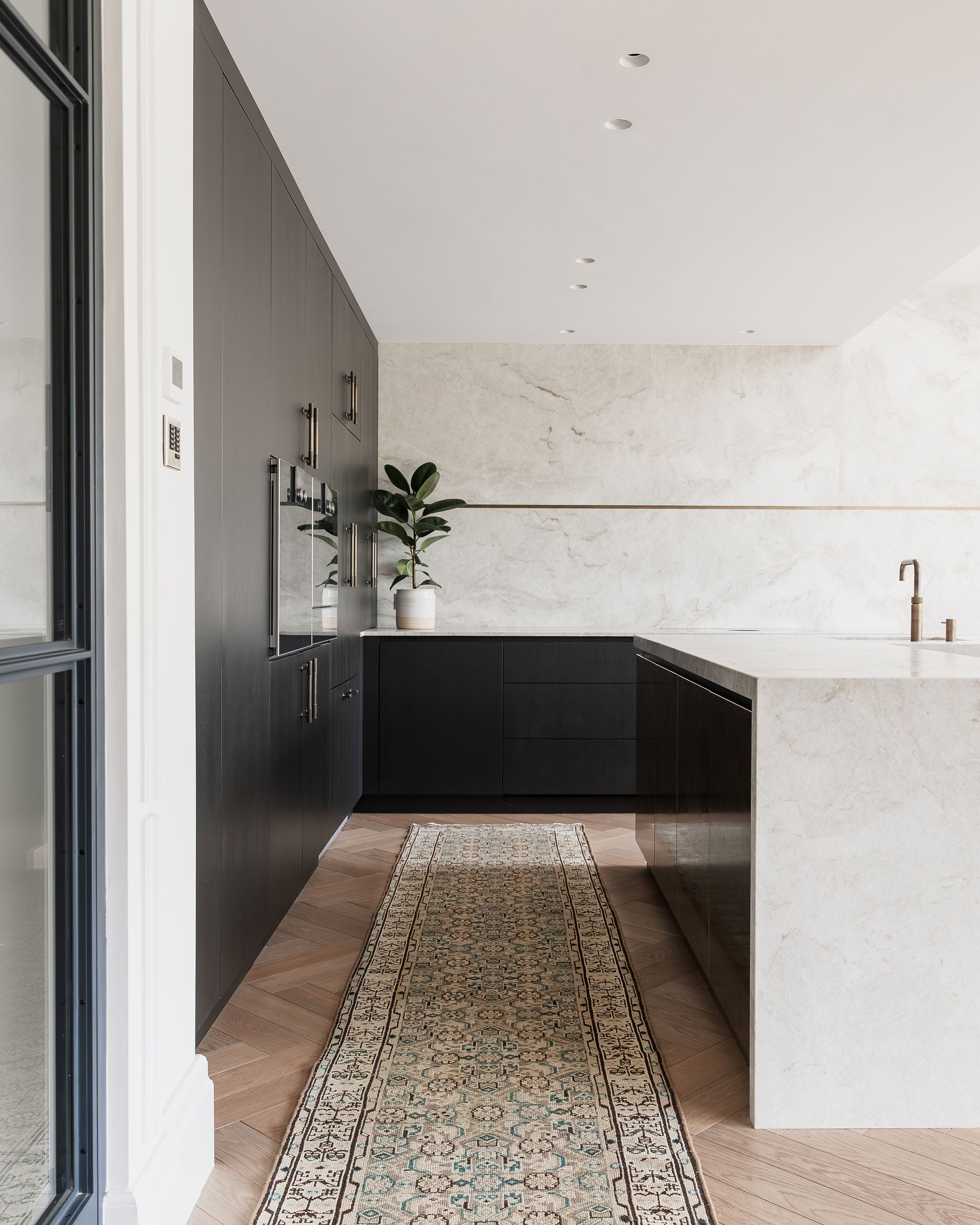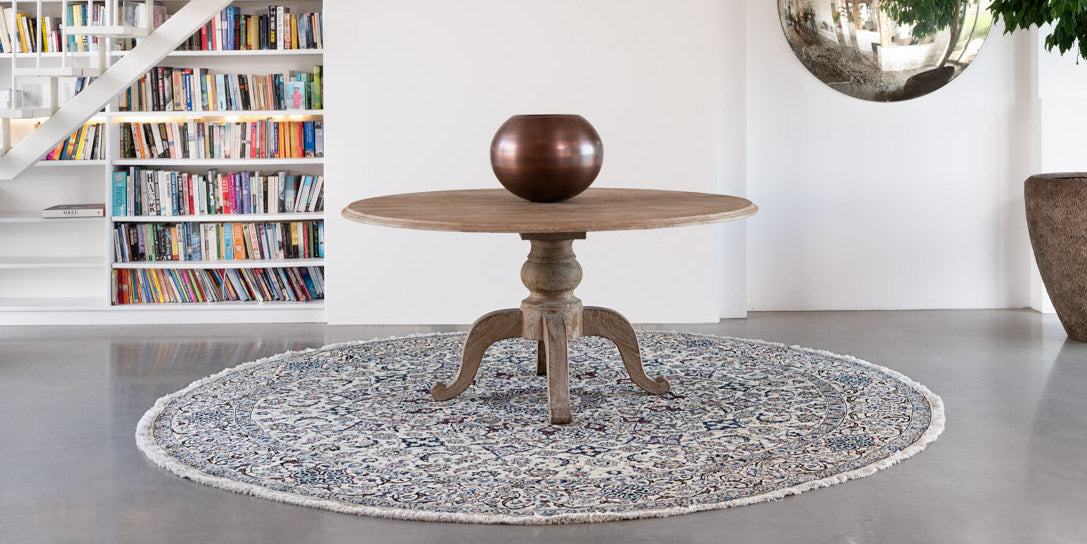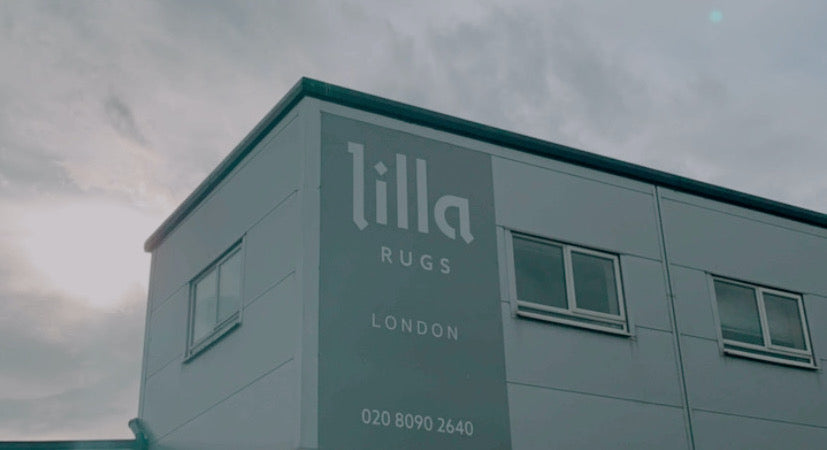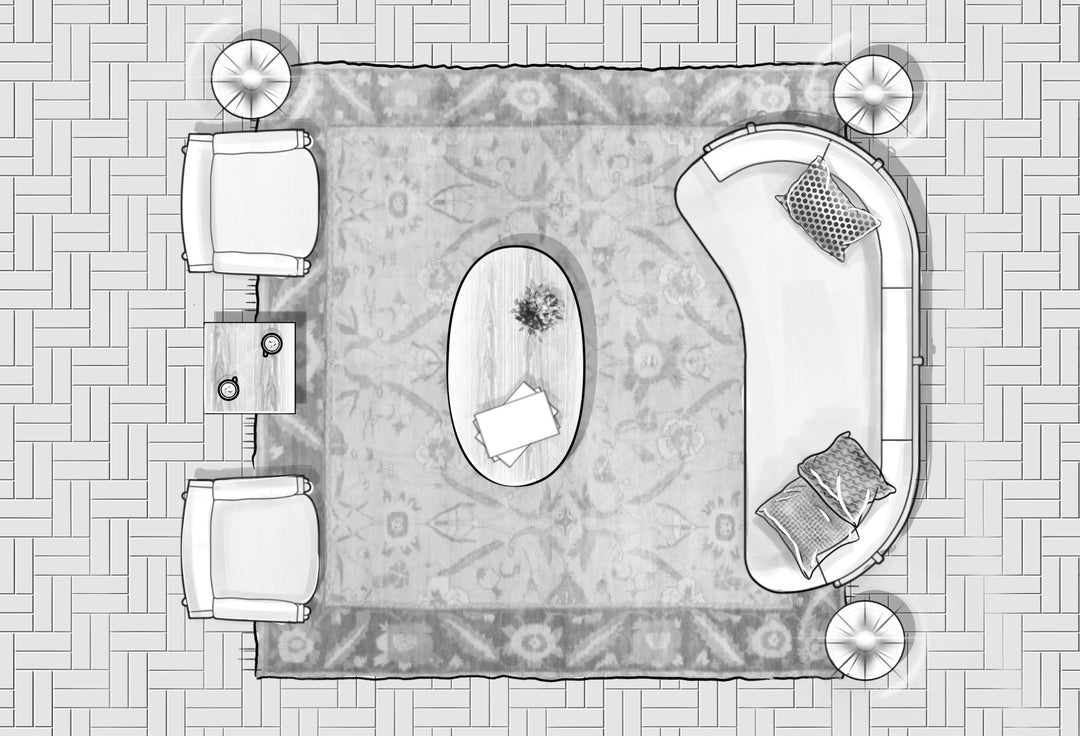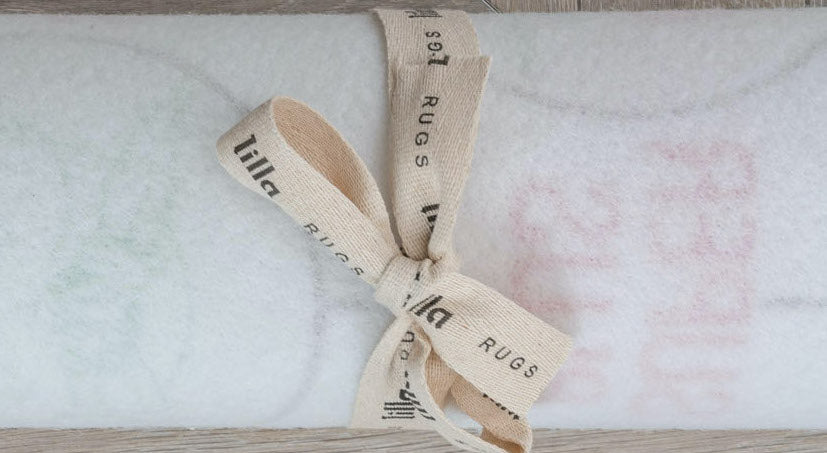How To Create a Mood Board For Your Dream Space
A mood board is an absolute must have when designing your space. It acts as a visual roadmap to bring your dream space to life. Whether you’re redesigning a single room or an entire home, a mood board helps you define your style, align your vision, and make informed design decisions. Here’s a step-by-step guide to creating a mood board that captures your perfect space.
Step 1: Purpose
Start by identifying the purpose and vibe of your space. Ask yourself:
-
What will the space be used for?
-
How do I want it to feel? (e.g., cosy, modern, farmhouse, eclectic)
-
Are there any specific colours, materials, or styles I’m drawn to?
Note down your ideas to establish your vision.
Step 2: Inspiration
Look for design inspiration from various sources:
-
Magazines: If you're a tactile person, tear out pages that resonate with you.
-
Pinterest: Create a board to save your favourite pins. This is my go-to.
-
Instagram: Follow interior designers and hashtags like #InteriorInspo or #DreamSpace.
-
Nature and Travel: Capture colours, textures, and shapes that inspire you.
In short, gradually collect images, patterns, and elements that reflect your style.
Step 3: Colour Palette
Colours set the tone for your space. Select 3-5 core colours to create a cohesive palette. Include:
-
The wall colour. Will you colour drench the room and paint the whole room, including ceiling and skirtings one colour?
-
Secondary colours for furniture fabrics and other textiles (aim for more than one).
-
Further accent colours for accessories and art work.
Top tip: it can be helpful to choose a hero piece that you build the room around. We often use our rugs as the hero piece, especially as they contain multiples colour shades that can help inform primary and secondary colours for the entire space.
Step 4: Decide on a Format
Mood boards can be physical or digital, depending on your preference:
-
Physical Mood Board: Use a corkboard or poster board to pin fabric swatches, paint samples, and magazine cutouts.
-
Digital Mood Board: Use tools like Canva, Adobe Spark, or even PowerPoint/ Keynote to arrange your visuals.
We like to use a combination of the two. I build my visual mood board on Keynote and then have a box full of swatches and samples.
Step 5: Organise
Organise your mood board to create a cohesive visual narrative. Include:
-
Textures: Add swatches of fabrics, textiles, or wallpapers.
-
Furniture and Decor: Place images of key pieces like sofas, tables, or lighting.
-
Accessories: Include smaller items like cushions, artwork, or plants.
-
Inspirational Images: Add photos that reflect the desired ambiance.
Step 6: Refine
Take a step back and evaluate your mood board:
-
Does it align with your vision?
-
Are the elements cohesive?
-
Do you see a clear theme emerging?
Remove anything that feels out of place or redundant.
Step 7: Use Your Mood Board as a Guide
With your mood board complete, use it as a reference throughout your design process. It will help you:
-
Stay consistent with your style.
-
Make decisions on furniture, colour, and decor.
-
Communicate your vision to contractors or designers.

Features: Lamp, Cushion, Rug, Paint
Creating a mood board is a fun and creative way to visualise your dream space. It not only helps you clarify your design goals but also ensures a smoother, more cohesive decorating process. Take your time, enjoy the process, and watch your dream space come to life!
